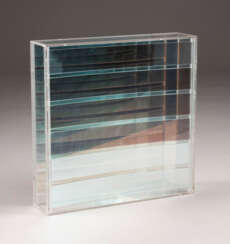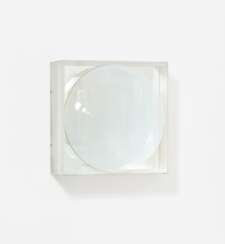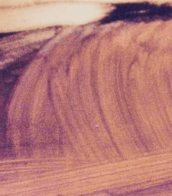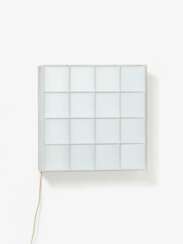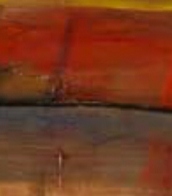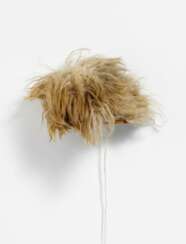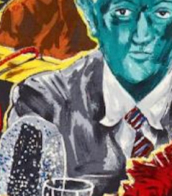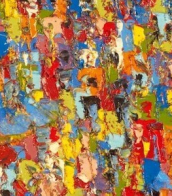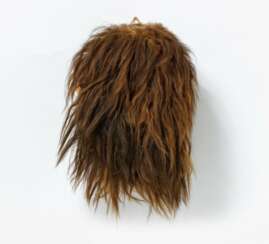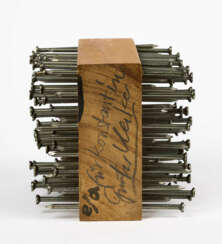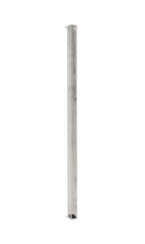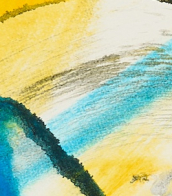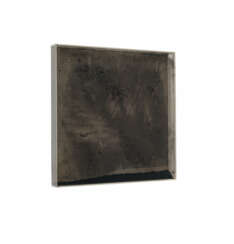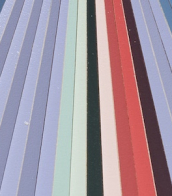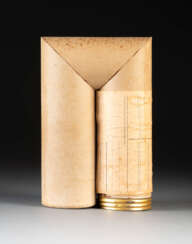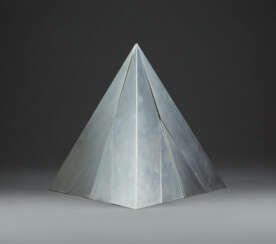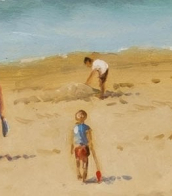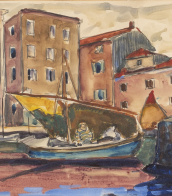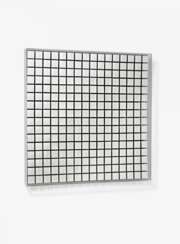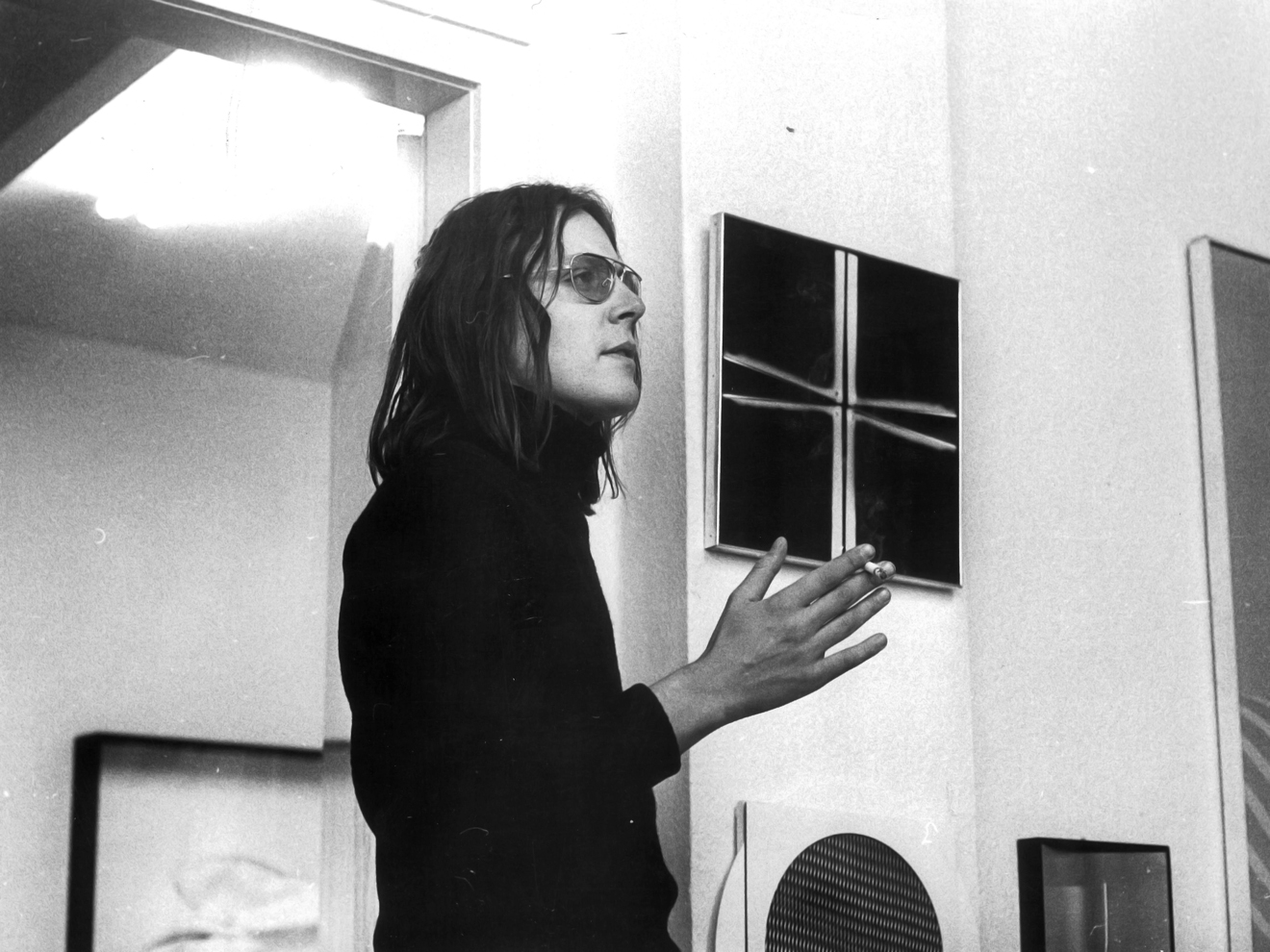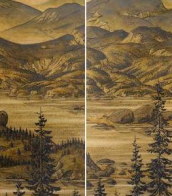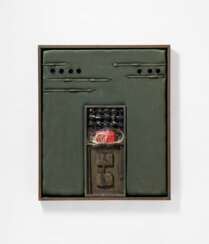objekt
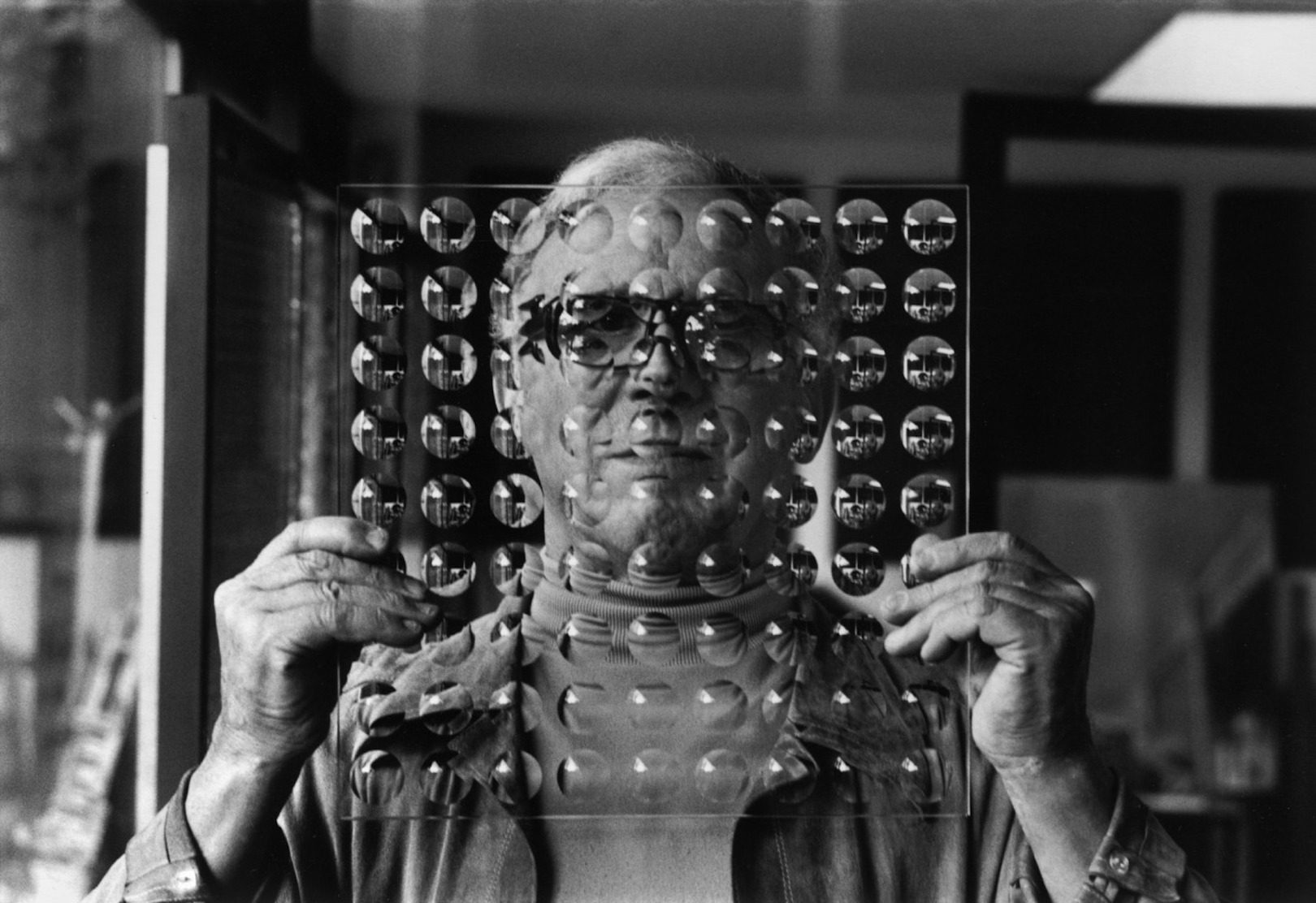

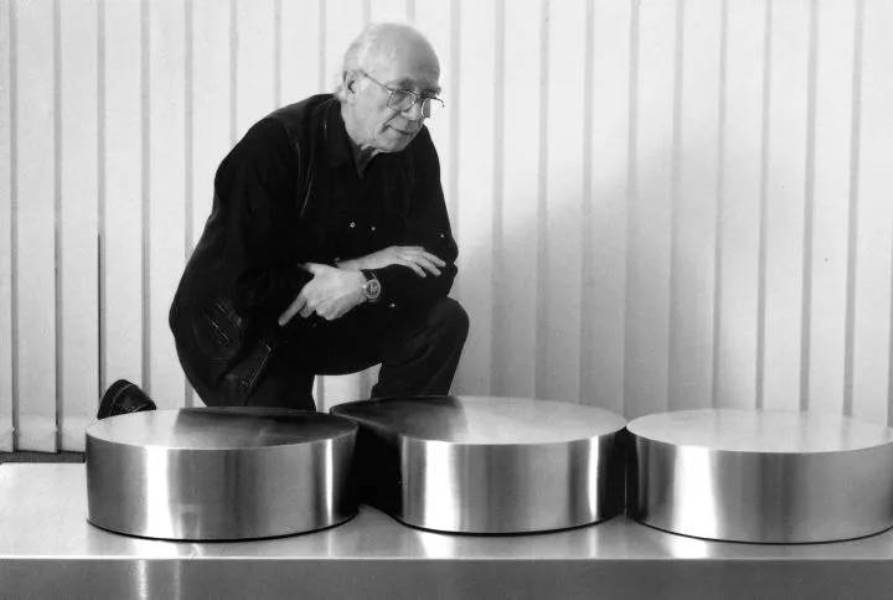
Friedrich Becker was a German artist, jeweler, and inventor of kinetic jewelry.
Friedrich Becker is one of the most influential jewelers of the second half of the twentieth century. He became known primarily for his avant-garde projects of kinetic jewelry and large kinetic objects.
Becker was interested in kinetics, the interaction of force and motion already during his apprenticeship years. He first trained as a mechanical engineer, then joined the aviation department. Only after World War II did he "make the reckless decision to become a jeweler." After training as a jeweler, he studied at the Werkkunstschule and then founded his own workshop in Düsseldorf, becoming a professor at the Düsseldorf University of Applied Sciences.
Becker experimented and supplemented various jewelry pieces with interchangeable stones and eventually developed kinetic jewelry. He was not only the inventor of kinetic jewelry, but also revolutionized the jewelry market with the introduction of stainless steel and synthetic gemstones. Each kinetic piece by Friedrich Becker is a perfect symbiosis of form, color and material.







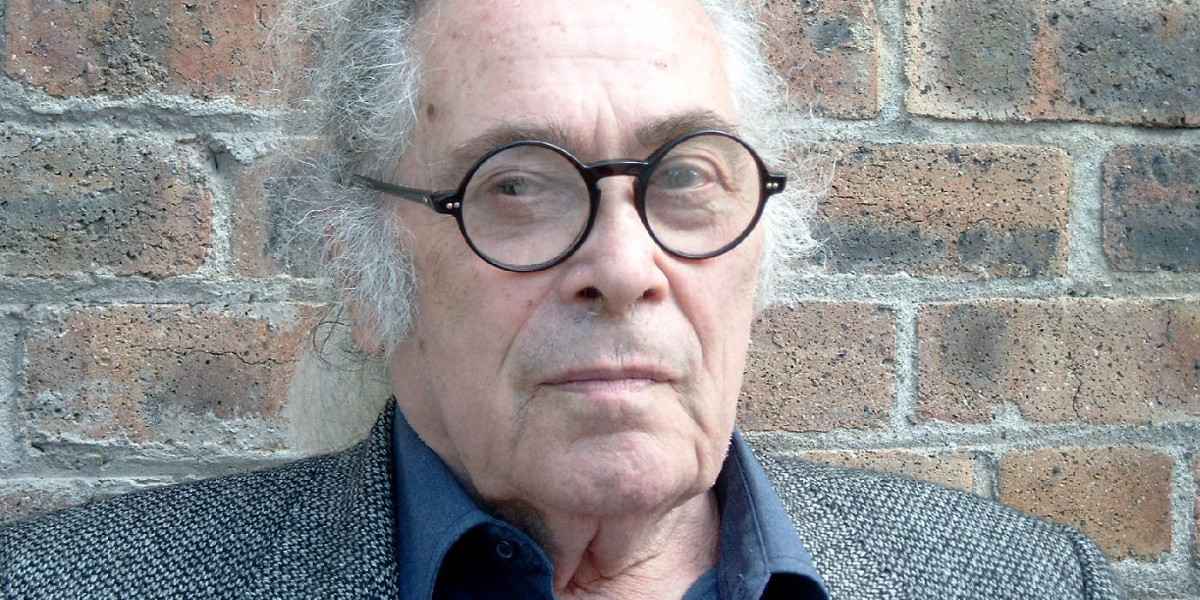
Ludwig Wilding was a German artist whose work is associated with Op art and Kinetic art.


Günther Uecker is a German sculptor, op artist and installation artist.
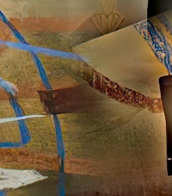
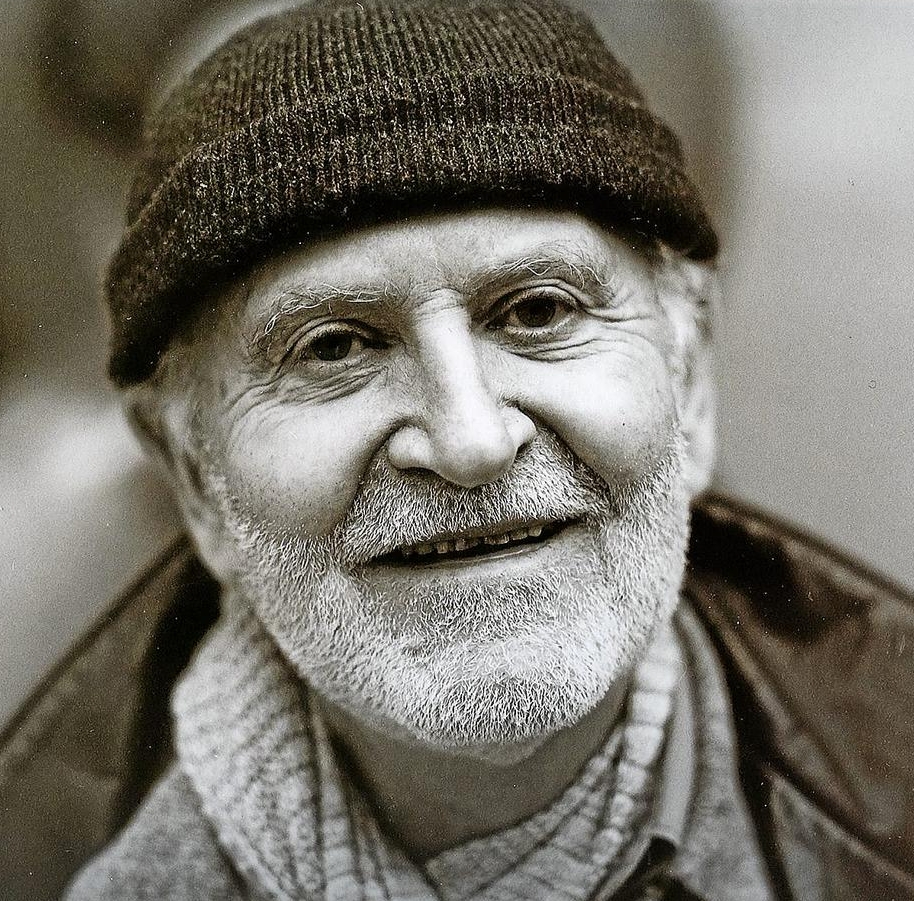
Friedrich Gräsel was a German sculptor, painter and graphic artist. He was known for his kinetic sculptures, which often incorporated light, sound, and movement.
Gräsel studied at the Academy of Fine Arts Nuremberg and later taught at the Academy of Fine Arts Munich. He began creating kinetic sculptures in the 1960s, using a wide range of materials such as metal, wood, and plastic to create dynamic, interactive works of art.
Gräsel's sculptures often feature intricate mechanisms and complex systems of movement, inviting viewers to engage with the work on a sensory level. His work frequently incorporates elements of humor and whimsy, while also exploring deeper themes related to technology, nature, and the human condition.
Gräsel exhibited his work extensively throughout Europe, including at the Venice Biennale, Documenta in Kassel, and the Museum of Modern Art in Paris. He was also awarded numerous honors and awards for his work, including the Bavarian Order of Merit in 1987 and the Art Prize of the City of Nuremberg in 1997.
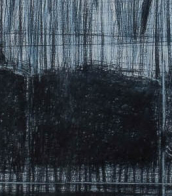
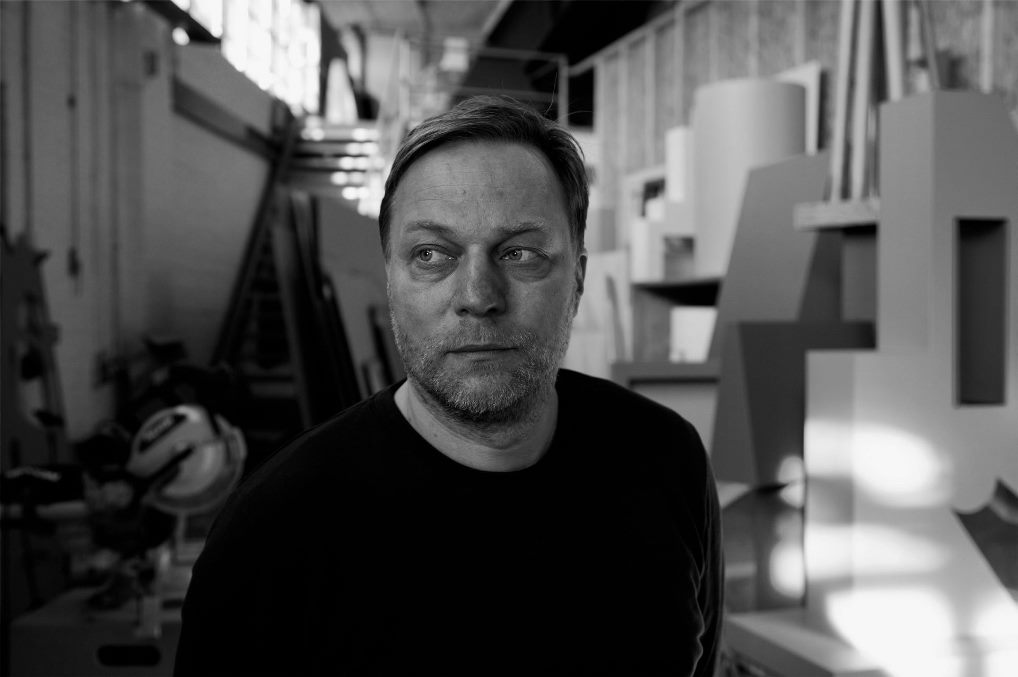
Thomas Scheibitz was a German painter and sculptor.
He is among the most important German artists and sculptors of his generation. Since the early 1990s Scheibitz has developed conceptual painting and sculpture that draws on historical references, and at the core of the Berlin artist's work is the search for a new relationship between figuration and abstraction.




Ludwig Wilding was a German artist whose work is associated with Op art and Kinetic art.
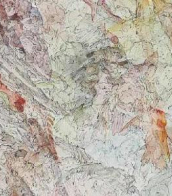
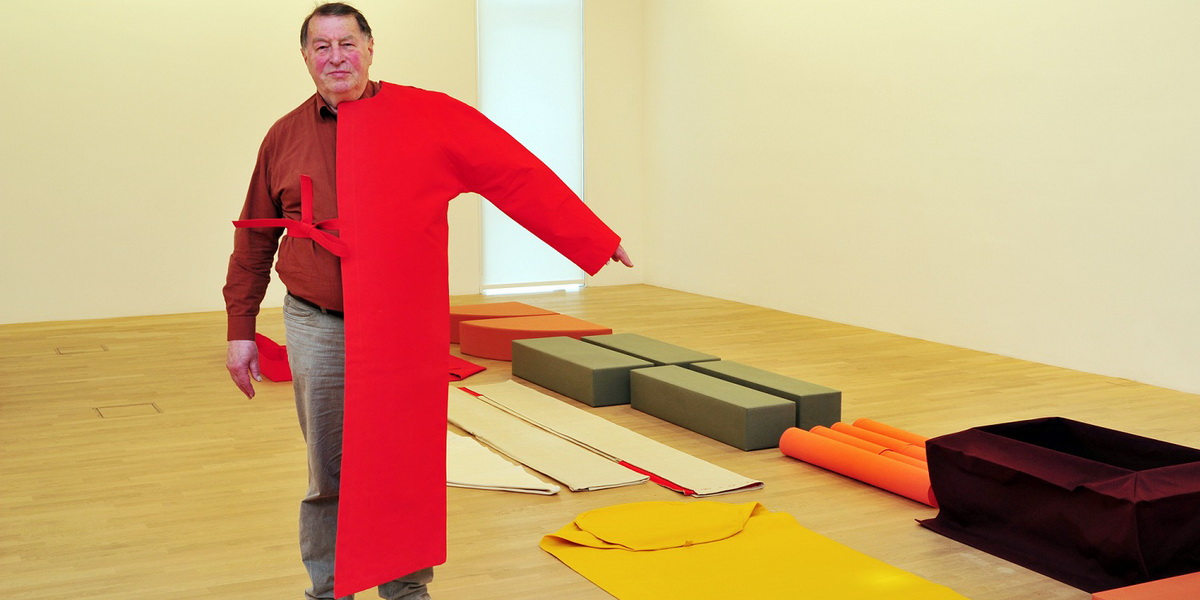
Franz Erhard Walther is a German artist (sculptor, conceptual, installation and process artist).
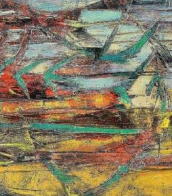
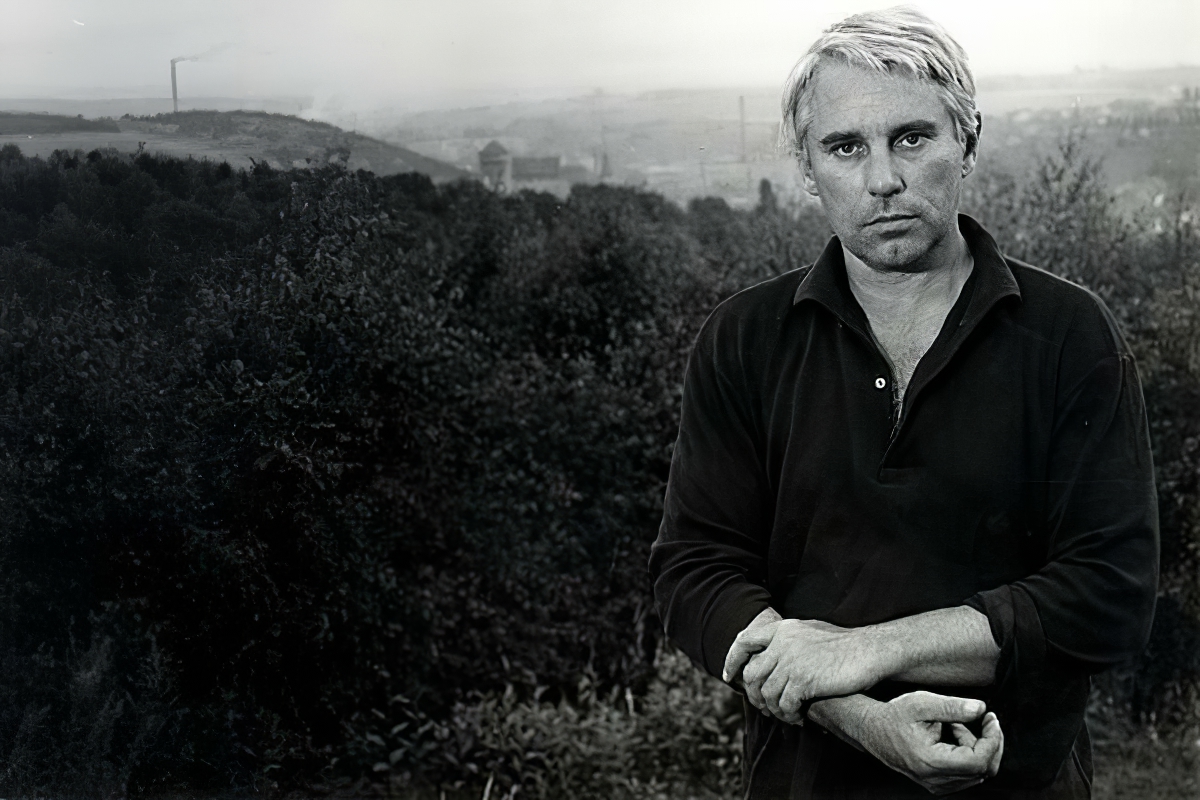
Karl Fred Dahmen is a German artist, one of the most important representatives of German post-war art and the Informel movement. In 1967 he took up the post of Professor of Fine Arts at the Munich Academy.
He painted expressive abstract pictures with a tectonic structure, and since the mid-1950s, relief paintings and collages on the damage to the local landscape caused by open-pit mining. Later in Dahmen's oeuvre, glazed object boxes appear, recounting the impressions of his daily working life.





